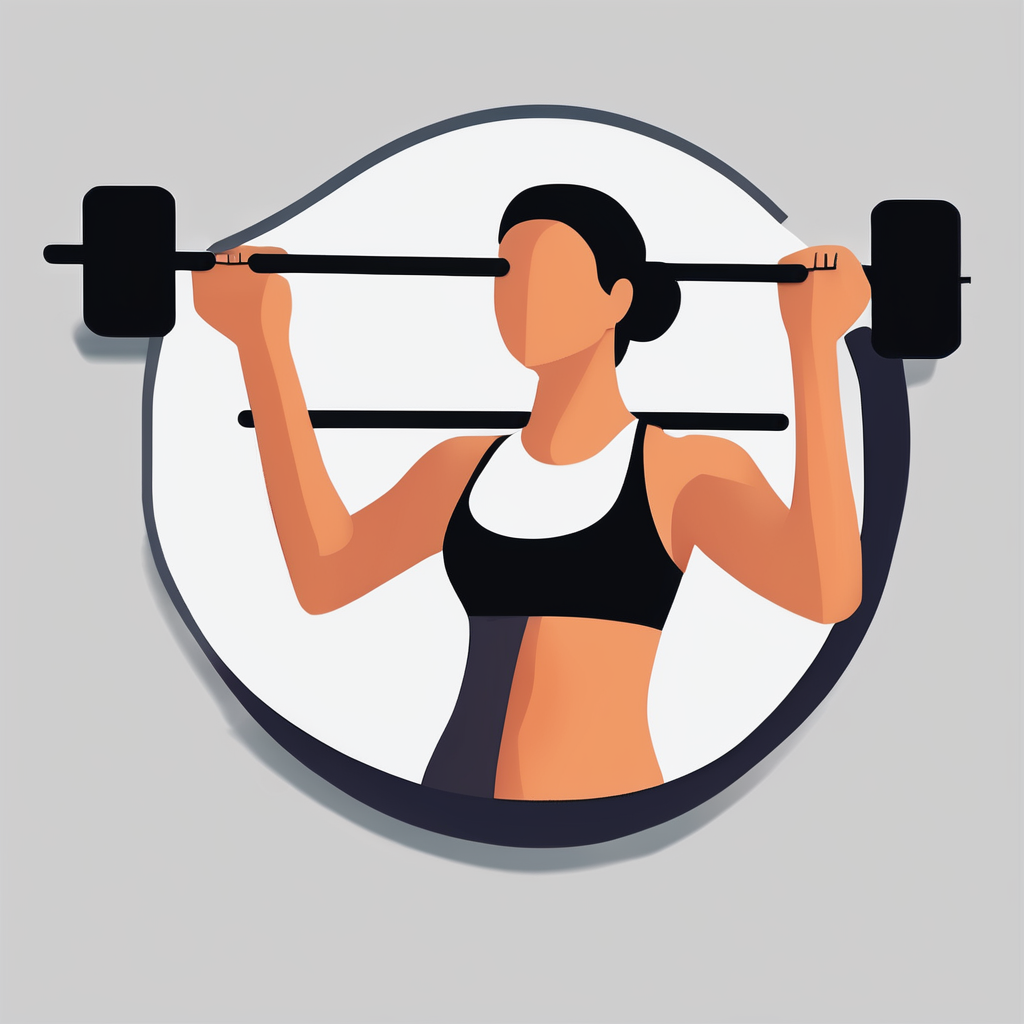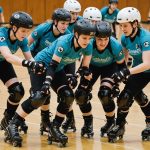Unlocking Success: The Role of Visualization Techniques in Elevating Performance for UK Combat Sports Athletes
The Power of Visualization in Combat Sports
Visualization techniques have become an integral part of the training regimen for many UK combat sports athletes, and for good reason. These mental training methods go beyond mere imagination, intricately weaving mental imagery with physical execution to enhance performance.
What is Visualization?
Visualization involves the use of mental imagery to simulate competitive scenarios, allowing athletes to mentally rehearse movements and strategies. There are two primary types of visualization: internal visualization, where athletes imagine themselves performing from a first-person perspective, and external visualization, which involves viewing oneself as an observer[3].
Topic to read : Unlocking Mental Clarity: UK Martial Artists Harnessing Meditation for Enhanced Focus and Anxiety Relief
Benefits of Visualization for Athletes
The benefits of visualization are multifaceted and well-documented in sports psychology research.
Psychological Advantages
- Focus and Concentration: Visualization helps athletes concentrate on essential aspects of their performance. By mentally rehearsing their strategies, athletes can sharpen their focus, ensuring they remain composed during competitions[3].
- Confidence Boost: Visualization allows athletes to envision successful outcomes, which translates into a more self-assured performance. This mental preparation is crucial for executing precise movements and making quick decisions under pressure[3].
- Anxiety Reduction: By mentally navigating through competitive scenarios, athletes can reduce anxiety and prepare themselves for high-pressure situations. This mental clarity is essential for peak performance[3].
Physical Performance Enhancement
- Improved Execution: Studies have shown that athletes who regularly practice visualization exhibit improved performance metrics compared to those who do not. For example, martial artists who engaged in regular visualization practices experienced a marked improvement in their speed and accuracy during competitions[3].
- Enhanced Reaction Time: Visualization can also help athletes improve their reaction times. By mentally rehearsing different scenarios, athletes can develop quicker and more accurate responses to various stimuli, a critical skill in combat sports[4].
How Athletes Use Visualization Techniques
Practical Application
Here are some ways UK combat sports athletes incorporate visualization into their training:
Also to read : Top Injury Prevention Techniques for Taekwondo Athletes in the UK: Expert Tips and Strategies
- Pre-Competition Preparation: Many athletes use visualization to prepare for upcoming competitions. They visualize themselves performing well, overcoming challenges, and achieving their goals. This helps build confidence and mental toughness[3].
- Daily Training: Visualization is often integrated into daily training routines. Athletes might visualize their techniques, strategies, and outcomes during or after physical training sessions to reinforce what they have learned[3].
- Mental Rehearsal of Scenarios: Athletes visualize different competitive scenarios, including various opponents, environments, and outcomes. This helps them prepare for any situation that might arise during a competition[3].
Case Studies and Testimonials
Real-Life Success Stories
The impact of visualization is not just theoretical; it is backed by numerous real-life success stories from UK athletes.
- UK Martial Artist: A UK martial artist credited visualization for a significant breakthrough in their performance. By mentally rehearsing complex sequences, the athlete reported a marked improvement in execution during competitions[3].
- Professional Boxer: A professional boxer shared how visualizing successful punches and defensive moves helped them stay focused under pressure, ultimately leading to a championship victory. Such firsthand accounts demonstrate the psychological edge that visualization can provide[3].
Table: Comparison of Visualization Techniques and Their Benefits
| Technique | Description | Benefits |
|---|---|---|
| Internal Visualization | Athletes imagine themselves performing from a first-person perspective. | Enhances self-confidence, improves focus, and boosts performance[3]. |
| External Visualization | Athletes view themselves as an observer. | Helps in analyzing performance, identifying areas for improvement, and developing a more objective view of their skills[3]. |
| Pre-Competition Visualization | Athletes visualize themselves performing well before a competition. | Reduces anxiety, builds confidence, and prepares athletes mentally for the competition[3]. |
| Daily Training Visualization | Athletes visualize their techniques and strategies during or after physical training. | Reinforces physical skills, improves reaction time, and enhances overall performance[3]. |
Integrating Visualization into Your Training
Steps to Start Visualizing
If you’re an athlete looking to incorporate visualization into your training, here are some steps to get you started:
- Find a Quiet Space: Identify a quiet, comfortable space where you can focus without distractions.
- Set Clear Goals: Define what you want to achieve through visualization. This could be improving a specific technique, enhancing your focus, or boosting your confidence.
- Use All Senses: Engage all your senses to create a vivid and realistic experience. Visualize the sights, sounds, and feelings associated with the scenario you are imagining.
- Practice Regularly: Make visualization a part of your daily routine. Consistency is key to seeing improvements in your performance[3].
The Science Behind Visualization
Neurological Impact
Visualization has a profound impact on the brain, which in turn affects physical performance.
- Neural Pathways: When athletes visualize performing a task, the same neural pathways are activated as when they actually perform the task. This strengthens the connection between the brain and the muscles, improving execution[5].
- Muscle Memory: Regular visualization helps in developing muscle memory, which is crucial for automatic and precise movements during competitions.
Overcoming Challenges with Visualization
Managing Stress and Anxiety
Combat sports are inherently stressful and demanding, both physically and mentally. Visualization can be a powerful tool in managing this stress.
- Mental Rehearsal: By mentally rehearsing different scenarios, athletes can prepare themselves for the stress and pressure of competitions. This helps in reducing anxiety and improving focus[3].
- Positive Self-Talk: Visualization can also involve positive self-talk, which helps in building self-confidence and managing stress. Athletes can visualize themselves overcoming challenges and achieving success, which reinforces a positive mindset[3].
Visualization techniques are a cornerstone in the training regimens of many UK combat sports athletes. By mentally rehearsing strategies and outcomes, athletes can enhance their focus, confidence, and overall performance. Here are some key takeaways:
- Visualization is a powerful tool for improving athletic performance, especially in combat sports.
- It enhances focus and confidence, reducing anxiety and improving reaction times.
- Regular practice is essential to see significant improvements.
- It can be integrated into daily training routines and pre-competition preparation.
As Dr. Gio Valiante, a leading sports psychologist, notes, “Visualization is not just about seeing the action; it’s about engaging all senses to create a vivid and realistic experience. This mental training is as important as physical training for achieving peak performance”[2].
By embracing visualization techniques, UK combat sports athletes can unlock new levels of success and perform at their best when it matters most. Whether you are a martial artist, boxer, or any other type of combat sports athlete, visualization can be your secret weapon to achieving consistent elite performance.






